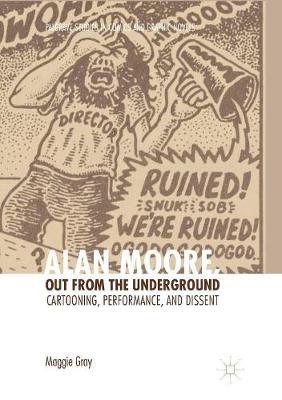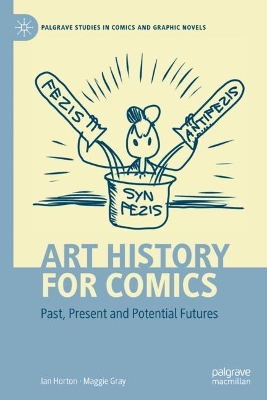Palgrave Studies in Comics and Graphic Novels
2 total works
This book explores Alan Moore’s career as a cartoonist, as shaped by his transdisciplinary practice as a poet, illustrator, musician and playwright as well as his involvement in the Northampton Arts Lab and the hippie counterculture in which it took place. It traces Moore’s trajectory out from the underground comix scene of the 1970s and into a commercial music press rocked by the arrival of punk. In doing so it uncovers how performance has shaped Moore’s approach to comics and their political potential. Drawing on the work of Bertolt Brecht, who similarly fused political dissent with experimental popular art, this book considers what looking strangely at Alan Moore as cartoonist tells us about comics, their visual and material form, and the performance and politics of their reading and making.
This book looks at comics through the lens of Art History, examining the past influence of art-historical methodologies on comics scholarship to scope how they can be applied to Comics Studies in the present and future. It unearths how early comics scholars deployed art-historical approaches, including stylistic analysis, iconography, Cultural History and the social history of art, and proposes how such methodologies, updated in light of disciplinary developments within Art History, could be usefully adopted in the study of comics today. Through a series of indicative case studies of British and American comics like Eagle, The Mighty Thor, 2000AD, Escape and Heartbreak Hotel, it argues that art-historical methods better address overlooked aspects of visual and material form. Bringing Art History back into the interdisciplinary nexus of comics scholarship raises some fundamental questions about the categories, frameworks and values underlying contemporary Comics Studies.

